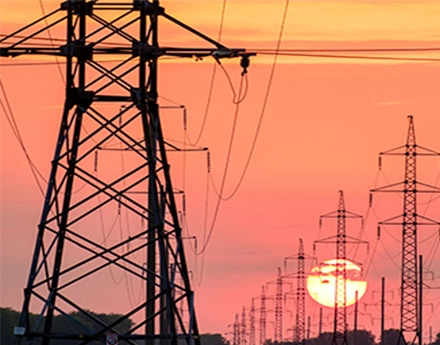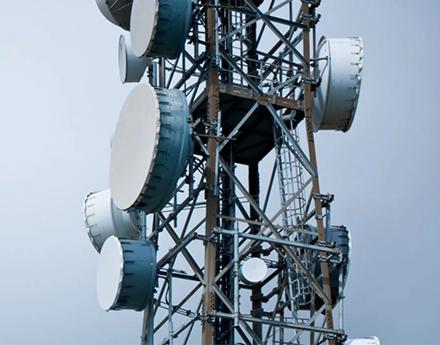Distribution hardware stands as the backbone of power networks, playing a pivotal role in ensuring the seamless and reliable delivery of electricity to homes, businesses, and industries. This passage delves into the multifaceted role that distribution hardware plays, highlighting its significance in sustaining the functionality and resilience of modern power distribution systems.
At its core, distribution hardware facilitates the efficient flow of electricity from substations to end-users. This essential function encompasses various components, including insulators for sale, transformers, circuit breakers, and switches. Insulators serve as silent sentinels, providing electrical insulation and support for power lines. Transformers play a transformative role, adjusting voltage levels for efficient transmission and distribution. Circuit breakers act as guardians, interrupting power flow in case of faults, while switches enable the rerouting of electricity to manage load balancing. Each component in distribution hardware, including overhead line accessories contributes to the fundamental task of ensuring a steady and controlled power flow.
Distribution hardware is instrumental in maintaining the stability and reliability of power grids. Voltage regulation, achieved through the strategic deployment of transformers, is essential for preventing overloads and ensuring that end-users receive electricity within the prescribed voltage limits. Smart grid technologies, integrated into distribution powerline hardware, enable real-time monitoring and control, allowing operators to detect and address issues promptly. This capability enhances the resilience of the grid, reducing downtime and minimizing the impact of disturbances. The reliability of distribution hardware is paramount in preventing power outages and providing a consistent and dependable power supply to consumers.
With the increasing integration of renewable energy sources into power grids, distribution hardware plays a crucial role in managing the complexities introduced by variable generation. Smart inverters, advanced monitoring systems, and grid-tied technologies are incorporated into distribution hardware to seamlessly integrate solar, wind, and other renewable sources. This integration necessitates adaptive distribution hardware capable of handling bidirectional power flows, voltage fluctuations, and rapid changes in generation. By accommodating renewable energy sources, distribution hardware contributes to building more sustainable and eco-friendly power systems.
The evolving landscape of power distribution brings forth new challenges that these electric power fittings must address. The aging infrastructure, coupled with the growing demand for electricity, poses challenges in terms of reliability and capacity. Innovations in distribution hardware are addressing these challenges through the development of smart and self-healing grids. Intelligent sensors, predictive analytics, and automation are revolutionizing the way distribution hardware operates, allowing for quicker fault detection, adaptive load management, and improved overall performance.
In conclusion, power distribution hardware stands as a cornerstone of modern power systems, orchestrating the intricate dance of electricity from generation to consumption. Its role in ensuring power flow, maintaining grid stability, enabling renewable energy integration, and addressing evolving challenges is indispensable. As the energy landscape continues to evolve, distribution hardware will remain at the forefront of innovations, adapting to meet the demands of a dynamic and sustainable energy future. Stakeholders in the power industry, from engineers to policymakers, must recognize the pivotal role of distribution hardware in shaping the reliability and resilience of the power networks that power our daily lives.



